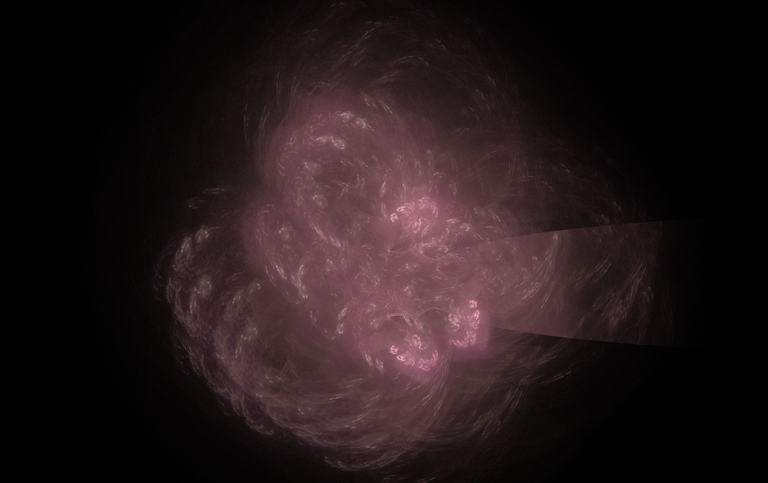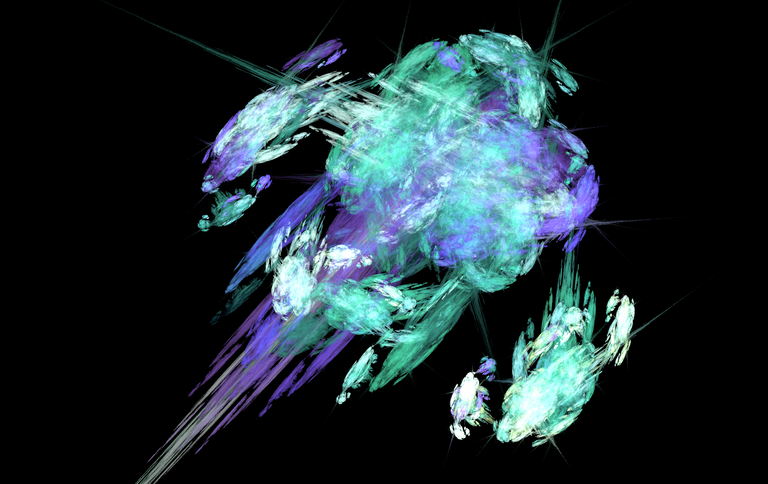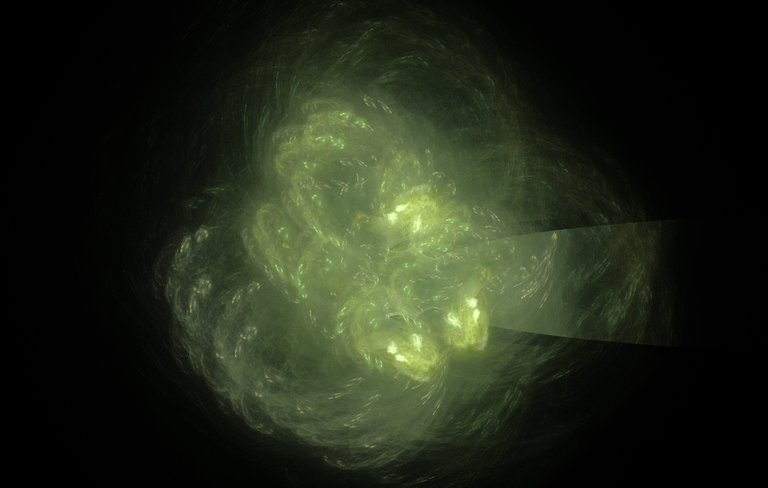
There are accidents and then there are accidents.
Me? I forgot my wife was at home when I saw the accident the ship she had been in, and forgot I was working on my daughter's skateboard at the same time. Result: I skateboarded into a door, a concussion, and a year off work.
But this kind of thing is common, as common as the fact that most deadly accidents occur at home.
That's not the kind of accident that gets people talking about “History doesn't repeat, but it surely does rhyme” … or, as the most famous engineer of another world once said, “Everything orbits.”
One would think human beings would have gotten over running their ships full speed into icebergs around April 1912. One would think that learning how to stop at stop lights would have been settled not too many decades later. One would be right in thinking that, with the caveat that there are always some human beings who have to learn for themselves, the hard way.
The Icefire Beacon in the Etlaantick System had been flashing its longest stop signal ever before for a month before my accident, and as it happened, the ancient civilization more or less corresponded to our color ideas of stop and go, though in the pastel as you can see above and will see below in due time.
Three weeks into my bed rest, the stop signal was still flashing, and the first question everyone wanted to ask was, “Is it broken?”
Those who had put up the Icefire Beacon had long since gone away from that section of the galaxy; the present existing civilization on the lone planet had in previous millennia worshiped the makers of the beacon as gods, for they supposed it was the ancient culture who had rerouted all the comets into orbits that never intersected with that of their planet.
The beacon – apparently a repurposed nebula – was there for the benefit of visitors who did not understand the complicated routes of the abundant comets orbiting the galaxy.
Here is the issue by way of analogy: on Earth, big glaciers as they meet the sea and warmer temperatures start to melt and break apart and “calve” into icebergs, and big icebergs can continue to “calve” as they head out to sea.
This is why, way back when in the 19th century, ships sailing the North Atlantic had to check the temperature of the water in the spring to see if was cold enough to sustain big icebergs where they were sailing, and to maintain caution and relatively slow speed if the water was that cold.
The best-known ship that failed to perform the appropriate tests and maintain caution and appropriate speed is of course the Titanic, whose name alone is sufficient explanation.
So, into the 23rd century and scale the whole thing up: a comet is like a glacier that can be as large as a small planet, calving pieces of ice that can be as large as moons and asteroids as it flies toward the fiery sun of its system. This calving in the Etlaantick system is also affected by gravitational fluctuations caused by fellow comets, the planet Etlaantick, and ships coming out of warp as their warp fields decay. The latter has a very small effect, but the margin of average day and disaster can be small. On the Titanic, which was taller than average, a longer rope so that the cup for the water measurement could reach the North Atlantic from the deck would have saved the entire affair.
Of course, the North Atlantic did not have the Icefire Beacon in 1912, warning ships not to enter the iceberg zones. Nor was the beacon broken: five of the system's comets were inbound toward the sun and nine were outbound, and all of them were or would soon be in the “calving zone” that had to be flown through to approach the planet.
I worked hard to maintain good personal relations with my competitors; on the frontier, we all needed to share information to survive, and by that point in my business life, Kirk and Dixon Shipping was a standard-bearer for sharing such information. Thus I called my business partner Rufus Dixon to see if we could “amplify” the Icefire Beacon's warning to our fellow commercial shippers.
“Already on top of it, Mark,” he said. “The problem is not the commercial shippers. It's the luxury tourist segment that isn't listening.”
History does not repeat, but it does rhyme, as everything in human history orbits the limitations of our humanity. It was spring on Etlaantick, and the luxury tourist crowd was not about to wait on their vacations.
One day after I talked with Captain Dixon, Etlaantick Comet 3, a block of ice half the size of Earth, fractured on its inbound trip and calved space icebergs ranging in size between that of two fleet flagships and Earth's moon.

These spread out in all directions at nearly the speed of light, forcing a whole group of luxury passenger helmsmen to have to perform evasive action and deal with gravitational forces – for a block of ice the size of the Moon would have rather serious gravity to not account for – for which they had not been trained.
Scale the level of difficulty up again for those captains who had decided, at the wish of their passengers, to fly parallel within a few hundred thousand kilometers to Etlaantick Comet 3 so that the passengers could take photographs.
Three days later, the Icefire Beacon changed color, reflecting that all the comets had exited the calving zone near the planet.

An ancestress of mine could not hear of the story of the Titanic without weeping. So, I turned my head into my pillow, blamed my inability to control the emotions welling up within me on my concussion, and wept for what had been lost for the lack of waiting that three days. The casualty number – 1,503 – was exactly the same.
The two beacons are of course the same fractals in a different palette, but the comet was one of the most striking fractals that I have ever worked with in Apophysis 2.09. Together, they reminded me of an old story that, every April, made my grandmother cry when she watched "A Night to Remember.
Hi deeanndmathews,
Visit curiehive.com or join the Curie Discord community to learn more.
Thank you!
Hi Deeann.
You do such a fantastic job at writing your story!
You are very talented! I don't know how you do it.
Do you do the art as well?
Keep up the wonderful writing you do.
Have a great weekend!
Barb
Thank you so much for reading -- yes, I do the art and the writing myself, except for occasions on which I collaborate with an artist friend that I credit. All I can say is that it is the gift of God, combined with the reality of Covid-19 ... you never know WHAT you can do until you are granted what you think you have wanted all along ... time and necessity to learn all that you can do!